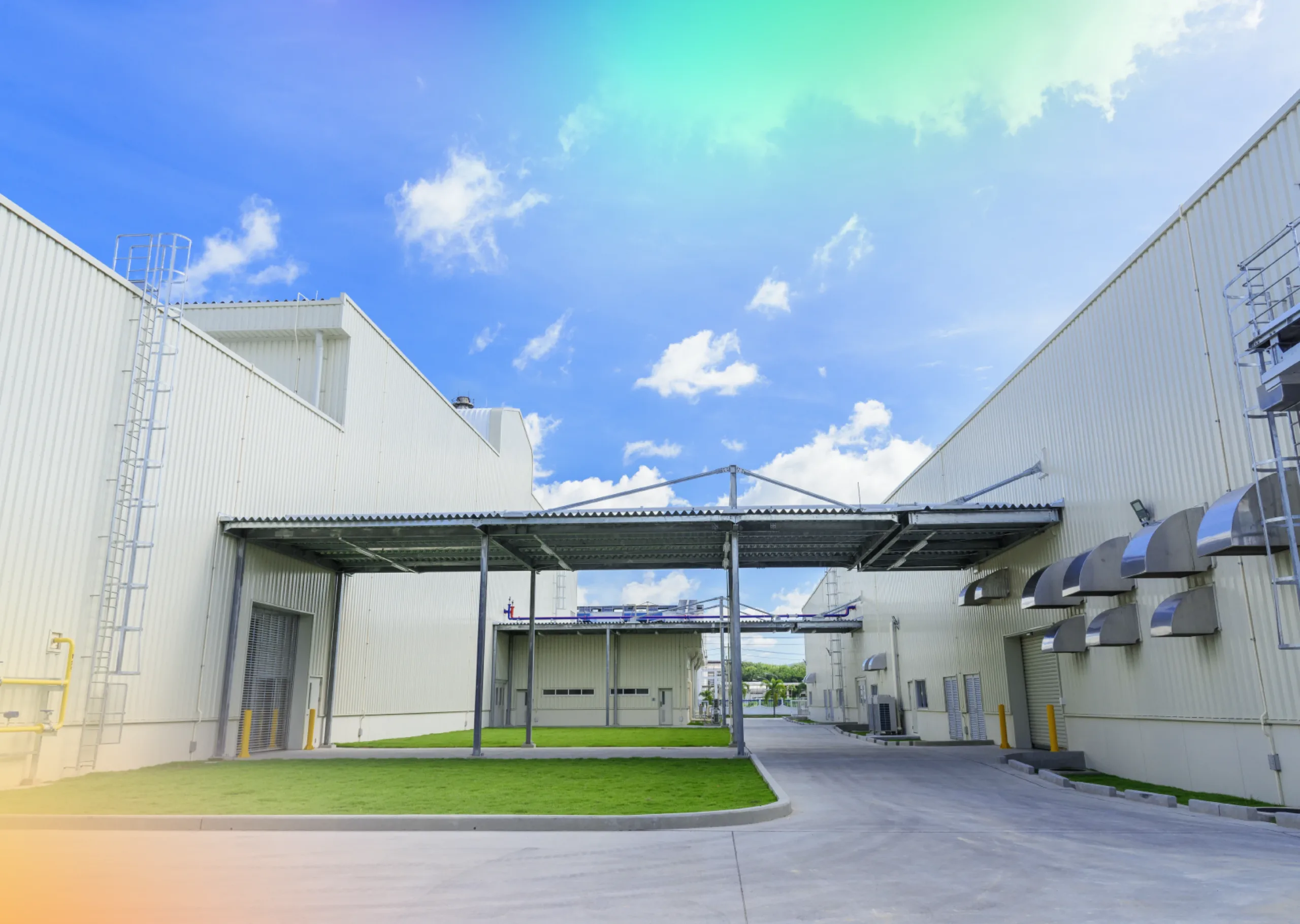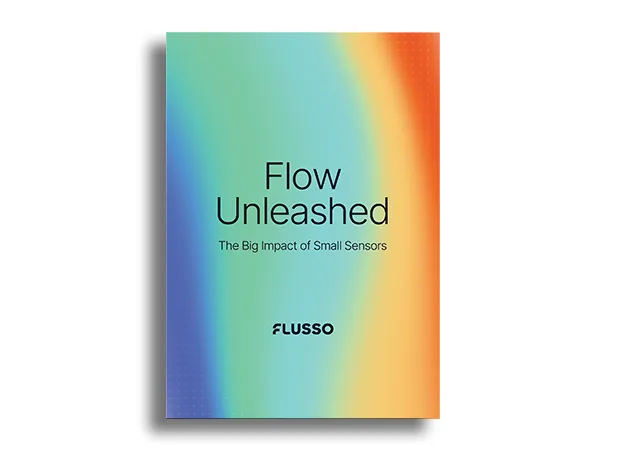3 February 2025
Decoding Changes to Building Regulations Part F
Decoding Changes to Building Regulations Part F
Ventilation in Building Regulations
The state-of-play
Part F of UK Building Regulations pertains to ventilation and indoor air quality standards. Despite several updates since its inception in 2010, there have been regular concerns over homes’ failure to comply with regulatory standards.
As a result of continued shortfalls, Part F has changed again, which is also necessitated by changing guidance on volatile organic compounds (VOCs) and indoor pollutant levels from Public Health England and the World Health Organisation (WHO).
What’s the outlook, and when do the changes apply?
For the most part, regulatory changes within Part F, the Future Homes Standard, focus on increasing the energy efficiency requirements for new homes — a major measure to reduce all greenhouse gas emissions to net zero by 2050, as required by law. The changes also aim to ensure better living conditions by improving air quality and reducing indoor pollutants.
The updates came into effect in 2025, after a period of notice allowing developers, architects, and builders time to get their ducks in a row, understand how the changes impact them, and subsequently ensure compliance.
Key recent changes
The revised Part F regulations are not exclusive to homes. Instead, they cast a wide net and focus on enhancing ventilation to improve air quality in residential and non-residential buildings. Several studies show a large proportion of buildings, including homes, simply don’t comply with current regulations. With developers either not understanding and implementing the latest regulations — or perhaps even flouting them on account of ease — the government has introduced these changes:
Increased ventilation rates
The updated regulations require higher rates of ventilation in buildings to ensure a continuous supply of fresh air. This is particularly important in modern, airtight buildings where natural ventilation is limited.
Improved air quality monitoring
There is a stronger emphasis on monitoring indoor air quality. This includes the introduction of sensor technology in certain building types to ensure compliance with evolving ventilation requirements.
Tighter pollutant control
The new standards demand better control of indoor pollutants, such as carbon dioxide (CO2), VOCs, and particulate matter. This will be achieved through improved ventilation systems and the use of materials that emit fewer pollutants.
A comprehensive, official account of the new changes can be seen here.
Practical advice for compliance
Abiding by the new regulations as part of new build projects should be straightforward. In this piece, we’re focusing on how managers, building owners, and/or other influential agents can act on pre-existing buildings and homes to adhere to the Part F changes.
Across each of the following points, a major way to prepare for the changes will also be to implement qualifications and training schedules that make adherence to the regulations easier for employees at every level.
1. Assess current ventilation systems
A thorough evaluation of existing ventilation systems will be a key prerequisite to any development work, helping building owners to determine if the space already meets new ventilation rate requirements.
Evaluations may include reviewing the capacity of mechanical ventilation systems (different HVAC mechanisms, principally), inspecting natural ventilation methods (such as windows and vents), and considering how the two currently work in conjunction.
Only by fully understanding current ventilation performance can developers gear up to meet the new Part F requirements. More information on evaluating common ventilation systems — including MEV and MVHR — can be found here.
2. Upgrade or retrofit ventilation systems
If current systems fall short of the new requirements, it’ll be key to upgrade or retrofit them. For example, installing up-to-date and calibrated Mechanical Ventilation with Heat Recovery (MVHR) systems can significantly improve ventilation efficiency by recovering heat from outgoing air and using it to warm incoming air. This process reduces energy consumption and bolsters green credentials in line with the Part F changes.
Similarly, making improvements to ductwork — with proper sealing and air leak prevention — will improve the efficiency of air distribution. Another shift that may prompt updates or retrofitting is the regulatory change relating to how ventilation grilles are selected and installed in properties, moving to a room-by-room determination rather than entire buildings. Smart ventilation controls may prove a common option for developers, allowing for ventilation rate control based on occupancy levels and air quality measurements.
3. Install sensors
Flusso’s sensors have a pivotal part to play in helping building owners or developers to address the changes to Part F of the building regulations. Airflow and air velocity sensors allow for enhanced monitoring by:
- Providing accurate data: Measuring the speed and volume of air moving through ventilation systems, ensuring that they operate within the parameters of the newest regulations.
- Automating adjustments: Advanced sensors can be integrated with building management systems to automatically adjust ventilation rates based on real-time data, maintaining optimal air quality without manual intervention.
- Ensuring compliance: Regular monitoring and reporting from these sensors will help demonstrate compliance with Part F, providing documentation for regulatory inspections.
4. Focus on low-emission materials
Building owners can select building materials that emit fewer VOCs and other harmful substances to help control indoor pollutants. Low VOC paints and finishes reduce the release of harmful gases, and sustainable building materials are certified for low emissions to minimise impact on indoor air quality.
5. Regular maintenance and air quality testing
Maintenance plays a critical role in ensuring long-term compliance with Part F building regulation changes. Implementing a routine maintenance schedule will ideally encompass:
- Cleaning and replacing filters in mechanical ventilation systems to ensure they function efficiently and don’t become sources of indoor pollutants.
- Testing air quality periodically to monitor present levels of CO2, VOCs and other pollutants will help identify issues early and take prompt corrective actions.
Final thoughts
The changes to building regulations Part F represent a significant step towards healthier and more energy-efficient buildings. By understanding the key adjustments and taking practical steps to comply — from evaluating ventilation systems through to the integration of low-emission materials — stakeholders can ensure they are prepared to meet the regulations now they’re in play in 2025.
Flusso’s airflow and air velocity sensors can be pivotal to compliance with these new regulations, providing vital, accurate data that will allow building systems to enhance overall air quality and comfort for occupants.
Preparing now will allow relevant personnel to stay ahead of the curve and create environments that prioritise health and sustainability.
To learn more about how we can help you stay compliant and evolve with these changes, get in touch with one of our experts.



